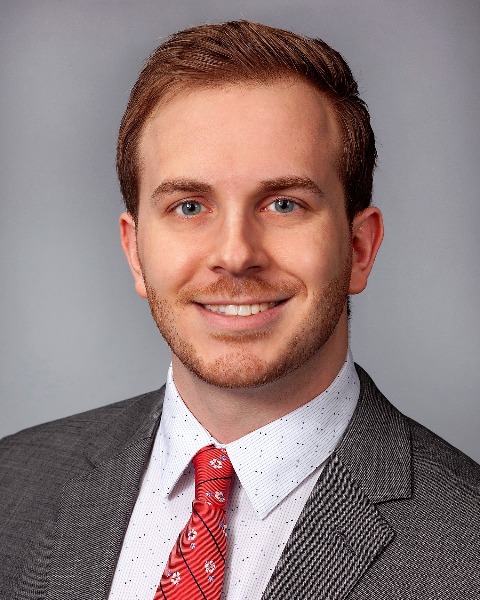Back
Introduction: Urology was one of the first specialties in medicine to employ the training model known today as residency. These events are rarely taught in formal urologic curricula, yet it is imperative that tomorrow’s urologists understand how today’s system came to be.
Methods: We performed a review of the literature, including journal articles, book chapters, and transcribed talks, to compile sufficient evidence to inform this historical review.
Results: The residency training model first appeared in the mid-1800s, when German surgeon Bernhard von Langenbeck devised a system where medical graduates would live at the hospital and undertake graduated responsibility in the care of surgical patients. One of his residents—known then as house officers—was Theodor Billroth, who later mentored American surgeon William Halsted in Vienna while he trained throughout Europe from 1878-1880. In 1889, Johns Hopkins Hospital opened and Halsted became one of the founding “Big Four” doctors alongside Welch, Osler, and Kelly. As Chief of Surgery, he drew on Billroth’s methods and established the earliest form of surgical residency as we now know it. Halsted’s model was “pyramidal”, with only one of eight residents advancing each year, and aimed to produce a single outstanding surgeon at the unintentional expense of the others. This remained the gold standard until 1931, when Edward Churchill at Massachusetts General Hospital introduced the more balanced “rectangular” structure which remains the backbone of residency programs today. Halsted hired 25-year-old Hugh Hampton Young to his surgical staff in 1895 and quickly made him Chair of the Department of Genitourinary Diseases in 1897, which he helmed through 1941. In response to the appointment, Young is noted to have said, “This is a great surprise. I know nothing about genitourinary surgery,” to which Halsted replied, “We believe you could learn.” He did indeed learn, and is now widely regarded as the Father of Modern Urology. From 1897-1915, Young was allowed to recommend aspiring urologists to Halsted for appointment in the surgical residency, spawning the beginnings of the urologic specialty as we know it today. In 1915, thanks to a donation from his patient James Buchanan Brady, the Brady Urological Institute opened at Hopkins, and Young designed a 7-year training program to begin alongside it. With this, the first formal urology residency in the country was born.
Conclusions: Urology residency shares deep roots with the history of surgery itself. Recognizing where this model originated is critical context for all who seek to improve how the urologists of tomorrow are trained. SOURCE OF
Funding: None
Forum
History of Urology Forum
Session: History of Urology Forum
HF01-07: From Berlin to Brady: Tracing the Origins of Urology Residency
Friday, April 28, 2023
2:32 PM – 2:39 PM CST
Location: S105B

Trevor C. Hunt, MD
Urology Resident
University of Rochester Medical Center
Podium Presenter(s)
Introduction: Urology was one of the first specialties in medicine to employ the training model known today as residency. These events are rarely taught in formal urologic curricula, yet it is imperative that tomorrow’s urologists understand how today’s system came to be.
Methods: We performed a review of the literature, including journal articles, book chapters, and transcribed talks, to compile sufficient evidence to inform this historical review.
Results: The residency training model first appeared in the mid-1800s, when German surgeon Bernhard von Langenbeck devised a system where medical graduates would live at the hospital and undertake graduated responsibility in the care of surgical patients. One of his residents—known then as house officers—was Theodor Billroth, who later mentored American surgeon William Halsted in Vienna while he trained throughout Europe from 1878-1880. In 1889, Johns Hopkins Hospital opened and Halsted became one of the founding “Big Four” doctors alongside Welch, Osler, and Kelly. As Chief of Surgery, he drew on Billroth’s methods and established the earliest form of surgical residency as we now know it. Halsted’s model was “pyramidal”, with only one of eight residents advancing each year, and aimed to produce a single outstanding surgeon at the unintentional expense of the others. This remained the gold standard until 1931, when Edward Churchill at Massachusetts General Hospital introduced the more balanced “rectangular” structure which remains the backbone of residency programs today. Halsted hired 25-year-old Hugh Hampton Young to his surgical staff in 1895 and quickly made him Chair of the Department of Genitourinary Diseases in 1897, which he helmed through 1941. In response to the appointment, Young is noted to have said, “This is a great surprise. I know nothing about genitourinary surgery,” to which Halsted replied, “We believe you could learn.” He did indeed learn, and is now widely regarded as the Father of Modern Urology. From 1897-1915, Young was allowed to recommend aspiring urologists to Halsted for appointment in the surgical residency, spawning the beginnings of the urologic specialty as we know it today. In 1915, thanks to a donation from his patient James Buchanan Brady, the Brady Urological Institute opened at Hopkins, and Young designed a 7-year training program to begin alongside it. With this, the first formal urology residency in the country was born.
Conclusions: Urology residency shares deep roots with the history of surgery itself. Recognizing where this model originated is critical context for all who seek to improve how the urologists of tomorrow are trained. SOURCE OF
Funding: None
